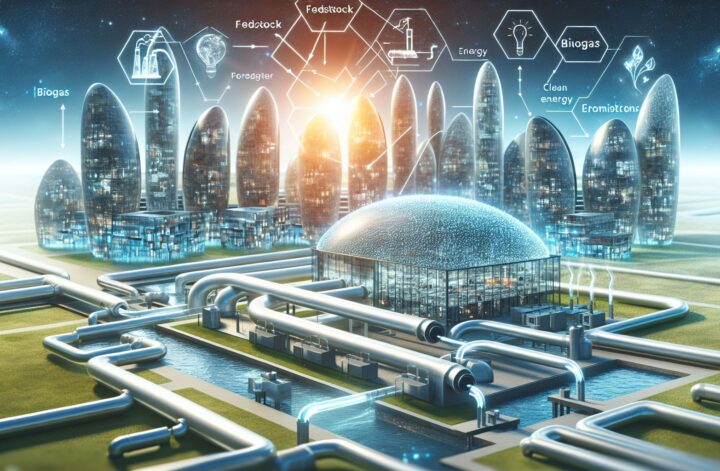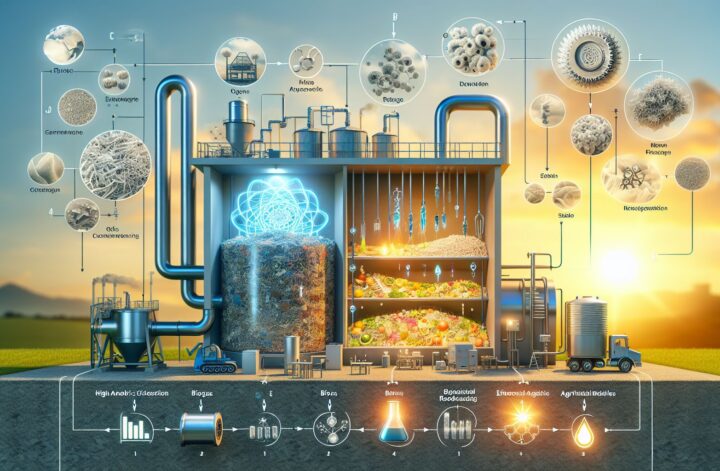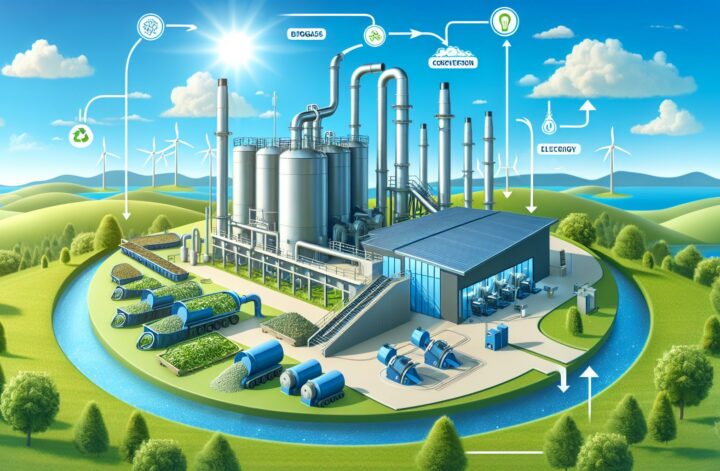In the wake of increasing environmental concerns, the use of renewable and cleaner energy forms is becoming less of an option and more of a necessity. Among the various forms of renewable energy gaining traction, biogas production stands out due to its dual utility in both energy production and waste management. This extremely versatile fuel source promises a brighter and cleaner future.
What is Biogas?
Biogas is a type of biofuel that is naturally produced from the decomposition of organic waste. It primarily consists of methane (CH4) and carbon dioxide (CO2) gases, with traces of other gases like nitrogen and hydrogen sulfide.
Biogas is produced through a process known as anaerobic digestion. As the name implies, this process involves the breaking down of organic matter in the absence of oxygen[^1^]. The organic materials used in biogas production typically include agricultural waste, manure, plant material, sewage, or food waste.
The Biogas Production Process
The process of biogas production can be broadly broken down into four stages: Hydrolysis, Acidogenesis, Acetogenesis, and Methanogenesis[^2^].
Hydrolysis
The first stage in the digestion process involves the break-down of complex organic materials into simpler sugar, amino acids, and fatty acids. In this stage, extracellular enzymes are used to hydrolyze the high-weight molecular organic material.
Acidogenesis
Post-hydrolysis, the by-products are then converted into volatile fatty acids, ammonia, carbon dioxide, hydrogen sulfide, and other by-products. This critical process is accomplished by acidogenic (fermentative) bacteria.
Acetogenesis
Acetogenesis follows acidogenesis. Here, the simple molecules from the acidogenesis process, primarily volatile fatty acids, are further broken down by acetogenic bacteria to produce additional carbon dioxide, hydrogen, and importantly – acetic acid.
Methanogenesis
Finally, through methanogenesis, the acetate, carbon dioxide, and hydrogen generated in the previous steps are converted into methane by methanogens (methane-producing archaea).
Importance of Biogas Production
Biogas production comes with a whole host of benefits, contributing to ecological balance, economic development, and societal well-being.
Environment-Friendly
During its production process, biogas effectively converts organic wastes into valuable resources. This process substantially reduces the amount of waste reaching our landfills, in turn reducing soil, water, and air pollution[^3^].
Moreover, by intercepting the methane gas that would otherwise be released during natural decomposition processes, biogas production assists in reducing global warming and climate change impact.
Energy Efficient and Economically Viable
Biogas is a renewable energy source. Not only does it facilitate energy security in the long run, but it also ensures local economic upgradation by converting waste materials into valuable energy and fertilizers. In agriculture-based economies, biogas can be a game-changer.
Digestate – An Important By-Product
The residual semi-solid material left behind after the digestion process, known as digestate, is an excellent high-quality organic fertilizer, rich in nutrients like nitrogen, potassium, and phosphorous. It helps in maintaining soil health and improving crop yield.
Conclusion
Harnessing the power of biogas represents a remarkable opportunity to drive environmental sustainability and economic development. However, this potential can only be fully realized with the right regulatory support, public awareness, and technical improvements in biogas production processes. As we face a future with increased energy demands and dwindling fossil reserves, investing and developing biogas, alongside other renewable energy sources, is one of the more promising paths forward.
[^1^]: Anaerobic Digestion: Biogas Production and Odor Reduction
[^2^]: Basics of Anaerobic Digestion
[^3^]: Benefits of Biogas




